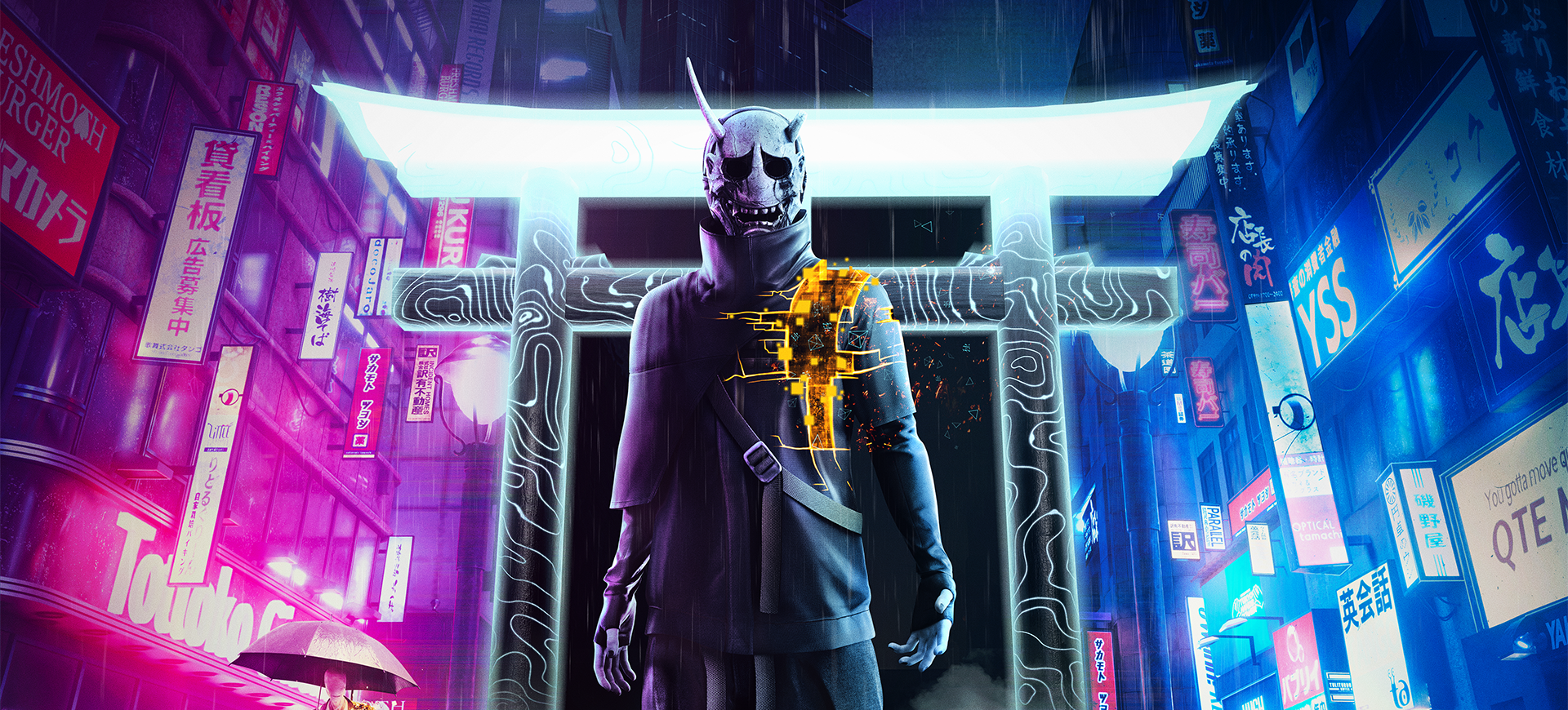Ghostwire Tokyo, the most recent game from Shinji Mikami’s studio Tango Gameworks, comes out on March 25. With it so close, we’re finally getting more information on the game’s setting and how it works, and particularly how the game’s spiritual and cultural roots mesh or clash with the modern world, according to development manager Masato Kimura.
“It’s a very high contrast. What’s new and what’s old–it’s all kind of blended but not really mixed together. They’re side by side.”
Anyone who’s seen pictures of Tokyo and Japan in general can likely see that, where modern buildings rise into the sky around spiritual torii gates, which serve as landmarks and places of safety once you purify them in-game. Shrines to various kami (gods in Japanese Shinto religion) can also be seen. Both of these figure into the world design, according to game director Kenji Kimura.
“Sometimes they have to move shrines, and what they do is they put a shrine on top of an office building, for example. Sometimes they pop up on residential buildings, too. It’s like that in the game–the shrines are peppered throughout the city in a similar fashion.”
Ghostwire Tokyo’s aesthetic really puts the contrast between the spiritual enemies you’ll be fighting and its modern sensibilities into perspective as well by how they considered the game’s various enemies would figure into such a modern environment, especially since the game starts off with Tokyo’s population vanishing except for the player character. With yokai coming out of the woodwork, Kenji Kimura got to display how he thought yokai would mesh with the modern world.
“I’d think, ‘What might be hidden in that alley over there?’ Or I’d see the big shadow of a building here: what kind of yokai might be living there?’ Those real-life experiences of walking around and sensing how the air changes–that’s something I really wanted to capture for this game.”
Hopefully, you’ll be able to get that same sensation that Kimura is talking about when Ghostwire Tokyo releases on March 25 for Playstation 5 and PC.

